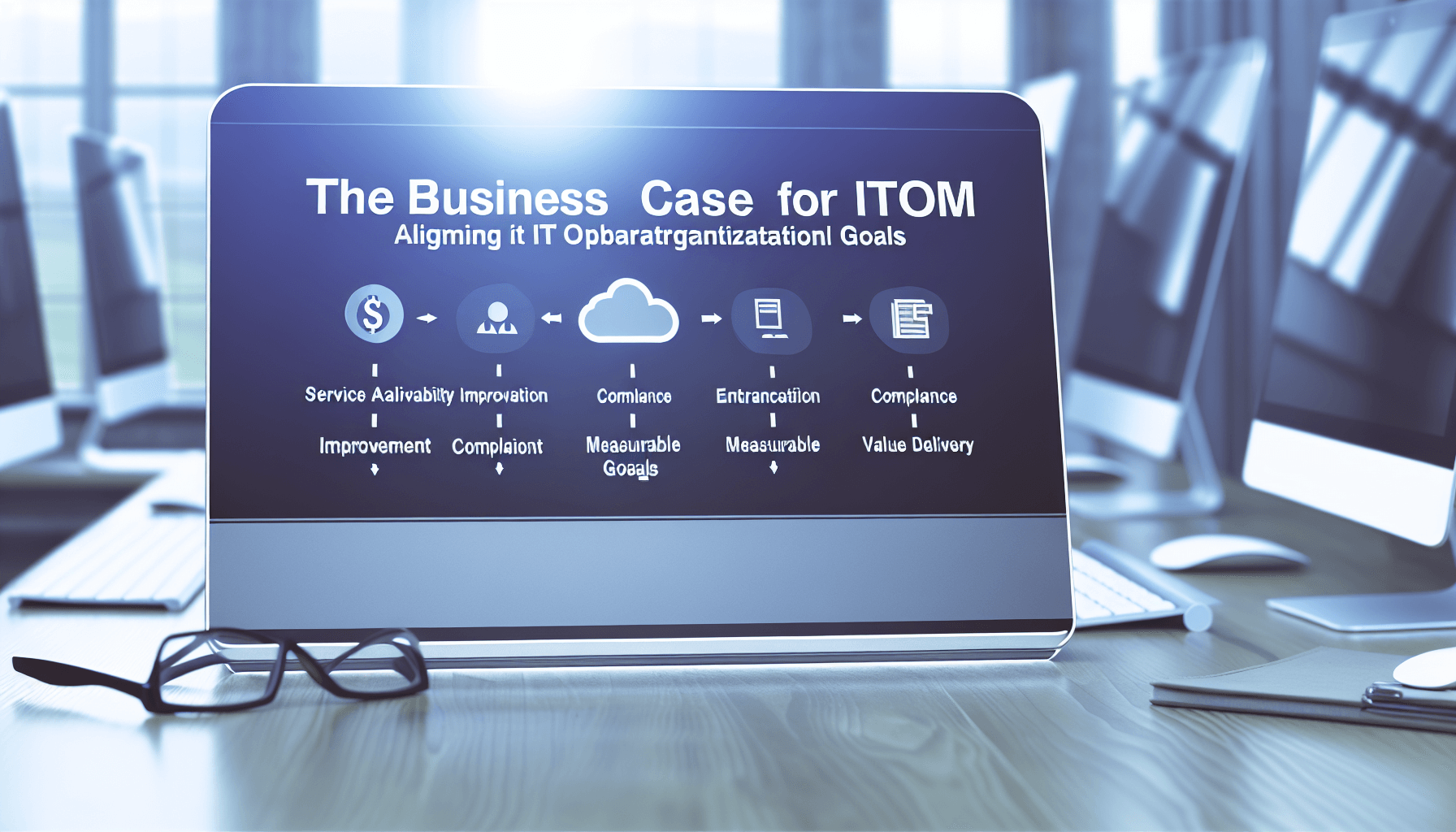How to implement change management in hybrid work environments

The way we work has changed forever. Traditional offices have given way to a new hybrid paradigm, where teams are split between home and face-to-face spaces. This evolution, driven by global disruptions and a constant demand for flexibility, has put IT and HR leaders in front of a monumental challenge: managing change in an agile, consistent and frictionless way.
But here's the problem: classic change management approaches are simply not designed for this new reality. Slow processes, lack of visibility and resistance to change become recurring obstacles. Today, more than ever, integrating automation, digital workflows and operational intelligence is no longer a competitive advantage: it is a requirement to survive and thrive.
In this article, we'll discuss how a modern change management strategy, based on adaptive ITSM tools, intelligent automations and connected flows, can completely transform the way organizations navigate this hybrid environment. You'll see how to minimize disruptions, empower both remote and onsite staff, and achieve smooth transitions with less risk. Whether you're driving a full digital transformation or leading a gradual improvement, understanding these dynamics is key to building a culture of change that works.
The Complexities of Hybrid Work ITSM: A New Context for Change
The hybrid work model presents a constellation of novel challenges for organizational change management. Unlike purely remote or fully onsite settings, the hybrid framework requires bridging disparate systems, workflows, and experiences. This complicates both the technical and human aspects of change, elevating the need for precise process design and powerful automation.
- Varied Technology Stacks: Differences in home and office hardware, connectivity, and security create inconsistencies in platform readiness and user support.
- Distributed Teams: Projects often span time zones and cultures, meaning effective communication and coordination are more challenging than ever.
- Varied Technology Stacks: Differences in home and office hardware, connectivity, and security create inconsistencies in platform readiness and user support.
- Policy and Compliance Risks: Ensuring every employee receives and acts upon compliant processes, regardless of location, introduces additional risks.
- Change Fatigue and Resistance: Rapid, constant change can lead to disengagement, particularly if employees feel disconnected or unsupported.
To address these hurdles, organizations must rethink standard ITSM and change management strategies, making adaptability, process automation, and inclusivity central tenets of their digital change workflows.
Key Challenges in Digital Change Management for Hybrid Teams
The move to hybrid work has surfaced several unique barriers and complexities. Leaders must understand these organizational change management challenges before they can implement effective solutions:
- Fragmented Communication: Without shared physical space, critical updates and process changes risk getting lost in translation or ignored entirely by distributed teams.
- Lack of Standardization: Siloed teams create and follow their own ways of working, which undermines consistency and repeatability in change management workflows.
- Inadequate Visibility: IT and operations leaders often struggle to gain real-time insights into how changes are being adopted and which staff (remote or onsite) are lagging.
- Manual, Error-Prone Workflows: Over-reliance on spreadsheets, emails, and manual approvals wastes time and increases the risk of missed steps or compliance failures.
- Security Concerns: Implementing changes across both office and varied home environments raises new security, privacy, and governance issues.
- Complex Stakeholder Management: Successfully managing stakeholders, from executives to end users, requires far more nuanced, personalized approaches in a hybrid context.
These obstacles underscore the need for advanced ITSM platforms with strong change management automation, targeted notification systems, digital approval tracking, and adaptable playbooks—to allow organizations to adapt process execution quickly as conditions change.
The Role of Change Management Automation in Hybrid Work
Change management automation is transforming the way organizations address complexity and risk in the hybrid workplace. By digitizing and automating routine workflows, approvals, and notifications, businesses ensure consistent execution and minimize the pitfalls of human error—even with a remote and dispersed workforce. Key benefits include:
- Faster, Standardized Processes: Automated workflows streamline each phase of the change lifecycle, enforcing best practices and ensuring no crucial steps are skipped.
- Centralized Visibility for Stakeholders: Change managers, IT leaders, and support teams access real-time dashboards showing who has completed required actions, enabling timely interventions.
- Risk Reduction: Automated impact assessments, conflict checks, and rollback plans flag issues before they escalate, reducing service disruptions.
- Consistent Communication: Automation tools send tailored alerts and reminders by chat, email, or mobile, ensuring everyone stays informed regardless of location.
- Better Compliance and Audit Trails: Digital records of approvals and process steps simplify compliance checks and offer transparency for audits and reporting.
Leading ITSM platforms now offer low-code or no-code configuration options, empowering operations teams to rapidly adapt digital change workflows as hybrid work evolves, without exhaustive custom development.
Adaptive Processes: Customizing Change for a Dispersed Workforce
One of the defining characteristics of successful change management in a hybrid era is adaptability. Standardized processes are important, but truly effective systems allow for contextual adjustments based on region, team, or business unit needs. Here’s how organizations can build more adaptive change management processes:
- Segment User Journeys: Map out the different paths and requirements for remote, onsite, and hybrid users. Adjust communication, training, and sign-off thresholds accordingly.
- Leverage Dynamic Decision Points: Use automation to trigger different approval flows or extra checks for high-risk changes depending on user profile or technical environment.
- Integrate Regional Policy Compliance: Embed localized legal, privacy, and policy rules, such as data residency or work hours, within digital change workflows to ensure coverage across all employment jurisdictions.
- Iterate Based on Feedback: Employ regular surveys, analytics, and performance indicators to refine processes, removing unnecessary friction and addressing emerging pain points.
- Encourage Cross-Functional Collaboration: Involve representatives from HR, legal, facilities, and line-of-business units in workflow design to capture all organizational perspectives.
This highly adaptable approach prevents process bottlenecks and ensures that whether an employee is logging in from a corporate office in Singapore or a home office in São Paulo, they experience a seamless change process tailored to their environment.
Process Automation Challenges: Overcoming Pitfalls in Hybrid Change Management
While change management automation delivers immense benefits, implementing it in a hybrid context is not without obstacles. Common challenges, and ways to overcome them, include:
- Over-Engineering Processes: Too many automated steps or checklists can slow down agility. The solution? Start with a minimum viable workflow and only add controls as needed.
- Poor Tool Integration: Siloed automation tools can result in data fragmentation. Invest in ITSM solutions that provide native integrations or open APIs for seamless interoperability.
- User Resistance: Employees may worry that automation is impersonal or threatens their autonomy. Combine automation with human touchpoints, like live chat or on-demand support, especially during sensitive organizational changes.
- Security and Data Privacy: Automated processes must manage sensitive data responsibly across diverse regions. Adopt role-based access, encryption, and continuous monitoring to comply with varying security standards.
- Skill Gaps in IT Teams: Prioritize platforms with intuitive automation builders and invest in ongoing training to ensure your teams can adapt workflows as complexity grows.
By acknowledging and addressing these challenges upfront, organizations can deploy robust digital change workflows without undermining user trust or operational security.
Case Insights: Regional Approaches to Hybrid Change Management
Across global markets, companies are piloting creative solutions to facilitate change management automation and enhance their hybrid work ITSM strategies. Here are some real-world examples and lessons:
- North America: Many organizations deploy centralized self-service portals that surface upcoming changes, gather feedback, and allow for self-orientation, making transitions less disruptive for remote employees.
- Europe: Strict data privacy regulations have led companies to bake compliance checks into every workflow, with automated triggers that adapt based on the employee’s physical location.
- APAC: Fast-growing firms are using chat-based bots to push just-in-time notifications about system updates or policy shifts directly to employee devices on local platforms like WeChat or Line.
- Latin America: To cope with limited broadband and mixed digital literacy, organizations offer multi-language, low-bandwidth change guides and maintain both automated and human support lines.
These regional solutions highlight the importance of cultural context, local regulation, and user-centric communication in successful organizational change management.
Measuring Success: Key Metrics for Change Management in Hybrid Environments
To ensure digital change workflows are truly effective, organizations should focus on a blend of qualitative and quantitative key performance indicators (KPIs), such as:
- Change Adoption Rates: Percentage of users who complete required actions or process steps on schedule.
- User Satisfaction Scores: Post-change survey ratings or support ticket feedback.
- Incident Volume Related to Change: Number of IT or HR incidents linked to recent changes, broken down by remote/on-site status.
- Average Time to Close Change Requests: Comparison of automated versus manual process completion times.
- Compliance/ Audit Pass Rate: Frequency of successful audit trails and regulatory compliance.
Regularly tracking these KPIs and sharing progress with stakeholders not only helps identify areas for improvement but also reinforces a culture of transparency and accountability, critical in a hybrid workplace.
Best Practices for Seamless Hybrid Work Change Management
To maximize success, adopt the following practices in your organizational change management strategy:
- Engage Leadership Early: Secure visible executive sponsorship for all major changes and promote clear, consistent messaging across regions.
- Design with Empathy: Consider remote, onsite, and hybrid needs from the start of every change initiative. Solicit feedback, and communicate using multiple mediums and languages.
- Pilot, Then Scale: Test new digital change workflows in one business unit or location before rolling out globally. Tweak processes based on the data and feedback collected.
- Leverage Flexible ITSM Tools: Choose platforms with configurable automation, robust analytics, and built-in integrations to future-proof your processes.
- Continuous Improvement: Establish a regular cadence for reviewing KPIs, gathering input, and adapting your change management approach in response to evolving hybrid work demands.
These best practices ensure your change management automation is not only technically sound but truly aligned with the human side of organizational transformation.
Paving the Way for Confident, Risk-Responsive Change
In an environment where hybrid work is no longer an option but the norm. Change management cannot remain stuck in the past. Automation, intelligent digital flows and adaptive processes are now the pillars that determine whether a transformation will be smoothly chaotic. The challenge is not minor: it requires strategically integrating people, technology and processes in an agile and resilient ecosystem.
Investing in modern ITSM platforms, designed for hybrid environments, not only minimizes disruptions: it improves the employee experience, strengthens organizational culture and accelerates innovation.
The question is no longer if you should modernize your change management approach, but when and how. The first step is clear: audit your current workflows, convene key stakeholders and explore automation tools that enhance your team's agility. Because the future of work has already begun, and those organizations that turn change into a competitive advantage will lead the next decade.















